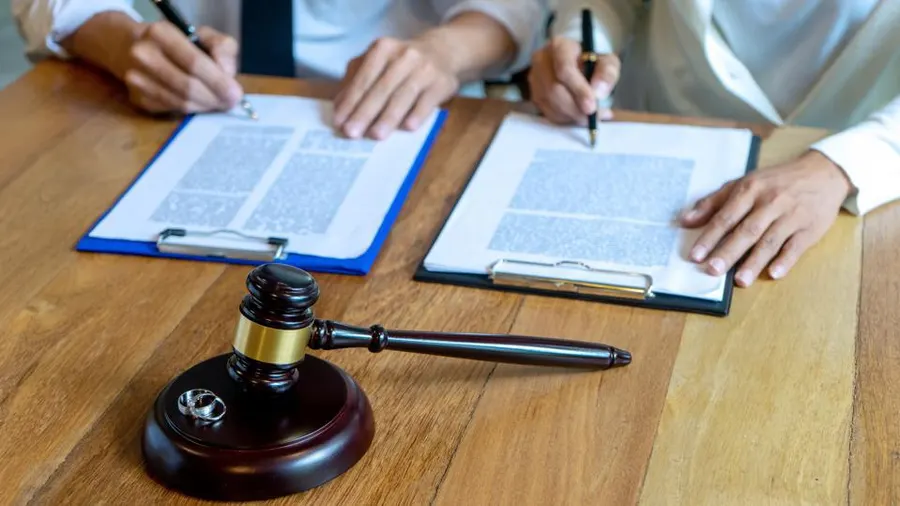
At the point when an individual is captured and confined for supposed crime, they might have the choice to get their delivery through a bail bond. A bail bond is a monetary plan that permits the denounced individual to be let out of prison forthcoming their preliminary in return for a money related store. If you need assistance with bail bonds pittsburgh, our reliable services provide quick and efficient solutions to help you secure your release from jail promptly.
A co-signer, otherwise called a bail bondsman or a guarantee, is an outsider person who consents to get a sense of ownership with the full bail sum in the event that the denounced individual neglects to show up in court as required. They basically go about as an underwriter for the bail bond. The co-signer’s job is essential in the bail bond process, as they give the fundamental affirmation to the court that the denounced will stick to every single lawful commitment and go to all court procedures.

To become a co-signer, one should meet specific models set by the bail bonds office. Commonly, they should have a stable monetary standing and a decent record of loan repayment. This is on the grounds that the co-signer expects a significant monetary gamble by consenting to be accountable for the full bail sum. In the event that the denounced neglects to show up in court, the co-signer might be expected to pay the whole bail to the court or the bail bonds office. Thusly, it is fundamental for the co-signer to have complete confidence in the denounced person’s unwavering quality and commitment to follow every single judicial action.
Moreover, the co-signer might have to give collateral, like property or resources, to additional safe the bail bond. The collateral goes about as a reinforcement on the off chance that the denounced escapes or doesn’t comply with the court’s requests. If you find yourself in a legal jam in Pittsburgh, reaching out to a reliable bail bonds Pittsburgh service can provide a quick solution, ensuring your timely release from custody.



